When many people hear the name BuzzFeed, they may think “exploding watermelon.” That’s reasonable enough, since BuzzFeed’s video of a melon unable to take the pressure of one more rubber band got more than 5 million views last April — with 800,000 people watching the messy event as it happened on Facebook Live.
But I get a different image: I think of the dogged reporter Andrew Kaczynski, surrounded by researchers, spending endless hours listening to old audiotapes, and coming up with scoop after scoop in the campaign season. It was Kaczynski’s team, for example, that found the radio clip of Donald Trump telling Howard Stern in 2002 that he thought the Iraq War was probably a good idea. That contradicted the Republican nominee’s claim that he opposed the war from the start.
Under editor Ben Smith (formerly of Politico), the company founded in 2006 has moved away from its listicle-and-cat-video heritage by hiring strong news talent, including investigative editor Mark Schoofs from ProPublica....
Get Started for FREE
Sign up with Facebook Sign up with X
I don't have a Facebook or a X account
 Your new post is loading... Your new post is loading...
 Your new post is loading... Your new post is loading...

Robin Good's curator insight,
April 13, 2013 11:30 AM
If you are wondering what the future of news may really look like, my advice is to give a very good read to this fantastic article. This article distills the very own business and development approach I have been using since 2008, when I have decided to move away from depending on Google-based advertising revenues and toward the creation of a service dedicated specifically to develop information-based micro-businesses focusing on individual personalities. Here, from a ton of interesting content I have excerpted 10 key thoughts that stand out for me as being fully representative of the new model that is emerging for the future of the news business (curators, subject-mater experts, individual with a real expertise read closely). 1) ...terrifying signs of the decline of the news industry. ...three of America’s most esteemed papers for sale — The Boston Globe, the Chicago Tribune, and the Los Angeles Times... 2) News revenue remains overwhelmingly dependent upon advertising, but the radical connectivity of the Internet has greatly diminished both the scale of newspapers’ reach as well as the value of advertising. 3) What if journalists became like your doctor, dentist, or teacher — people who provide a valuable service to you, and whose name, voice, and personality are more intimate? ...The question then becomes how to create a social presentation layer that wraps around news — preserving the integrity of the product but updating its interface to fit with human behavior in the digital age. 4) Without an identity, much journalistic content will increasingly be swept around the Internet in an anonymous blur of sharing and finding through networks, with little regard for the source or the labors taken to produce that news. 5) ...re-design the newspaper to be a platform for talent across multiple media. ......what if news outlets decided to flip their model, so that the editorial staff was not subservient to the brand, but the “brand” became a platform for talent? 6) ...outlets, like Boing Boing, are making money largely based on the brands of several smart, interesting personalities. Many of the “blogging networks” are built around aggregating traffic across different online personalities. One could name dozens of examples where a single blogger or news personality is driving substantial traffic. ...we’re already likely to see a “new dance between top talent and media brands,”... “If brands are successful at assembling enough talent,” ... “they’ll succeed because they provide easy entry points for us consumers.” 7) The future of news organizations is a lot of [diversfied] revenue sources — maybe as many as 30 or 40 — and none of them account for a substantial stake of the organization’s income. 8) In March of 2008, Kevin Kelly famously put forth the theory of 1,000 true fans as a potential future for music. Find 1,000 dedicated enthusiasts willing to pay you $100 a year for your music, and then you don’t have to worry about selling albums. 9) Why are more journalists not doing the same — and creating more kinds of editorial products to sell — while cultivating a paying fan base? With the decline of trust and loyalty in large institutions, it is increasingly hard to imagine people in the coming decades subscribing because of loyalty to an institutional Big Media entity. Yet it’s easy to imagine them wanting to fund several people whom they trust to bring them information they care about. 10) ...research to date shows that the average news consumer is a creature of habit, circling back to the same two to four big websites to get their news. But this will not continue in perpetuity... “Elite” news consumers — ... already organize their consumption this way, around key Twitter and RSS feeds, following lists of personalities they like or admire. The broader public will ultimately begin to shift in this direction. Milestone. Must-read article. Insightful. Inspiring. Well-documented. 10/10 Full article: http://www.niemanlab.org/2013/04/the-end-of-big-media-when-news-orgs-move-from-brands-to-platforms-for-talent/ 
Miklos Szilagyi's curator insight,
April 14, 2013 3:18 AM
Well, you can start thinking about it... what is coming out of this for you... personally and company-wise... 
Anake Goodall's curator insight,
May 16, 2013 6:59 AM
this space is fair fizzing, and the pace of change and creative destruction is - if anything - continuing to accelerate ... |

Patrick Frison Roche's curator insight,
March 12, 2014 7:45 AM
Should brand rejoice at more scary stats on user-generated content VS traditional #media revealed at SXSW ? #millennials (aka #genY in other parts of the world) primarily trust... themselves. 
Debra Walker's curator insight,
March 12, 2014 7:53 PM
More and more the need for effective storytelling to connect with clients, particularly in light of the increasing relevance of user generated content. So exciting to be working with brands and brand identity in this connective economy. |




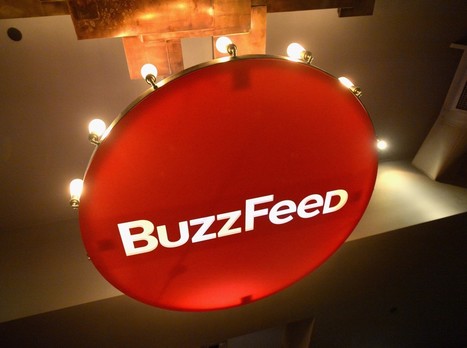

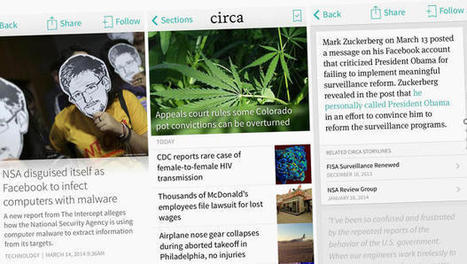
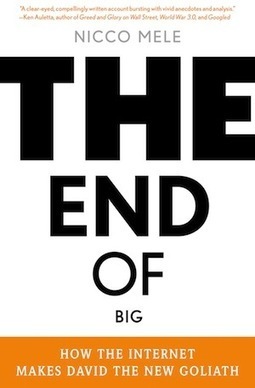
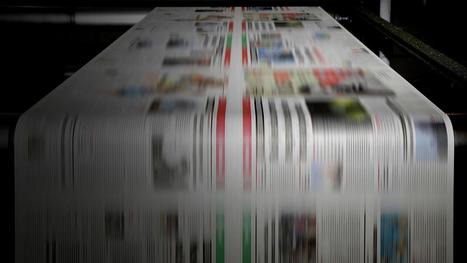
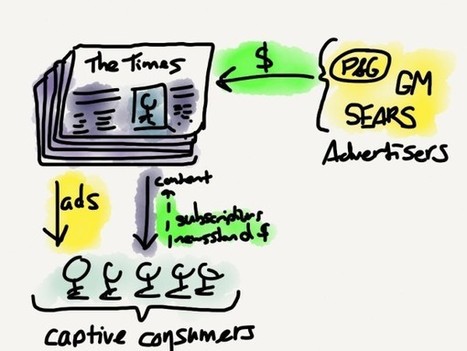






Buzzfeed has seen the future – and it is video.